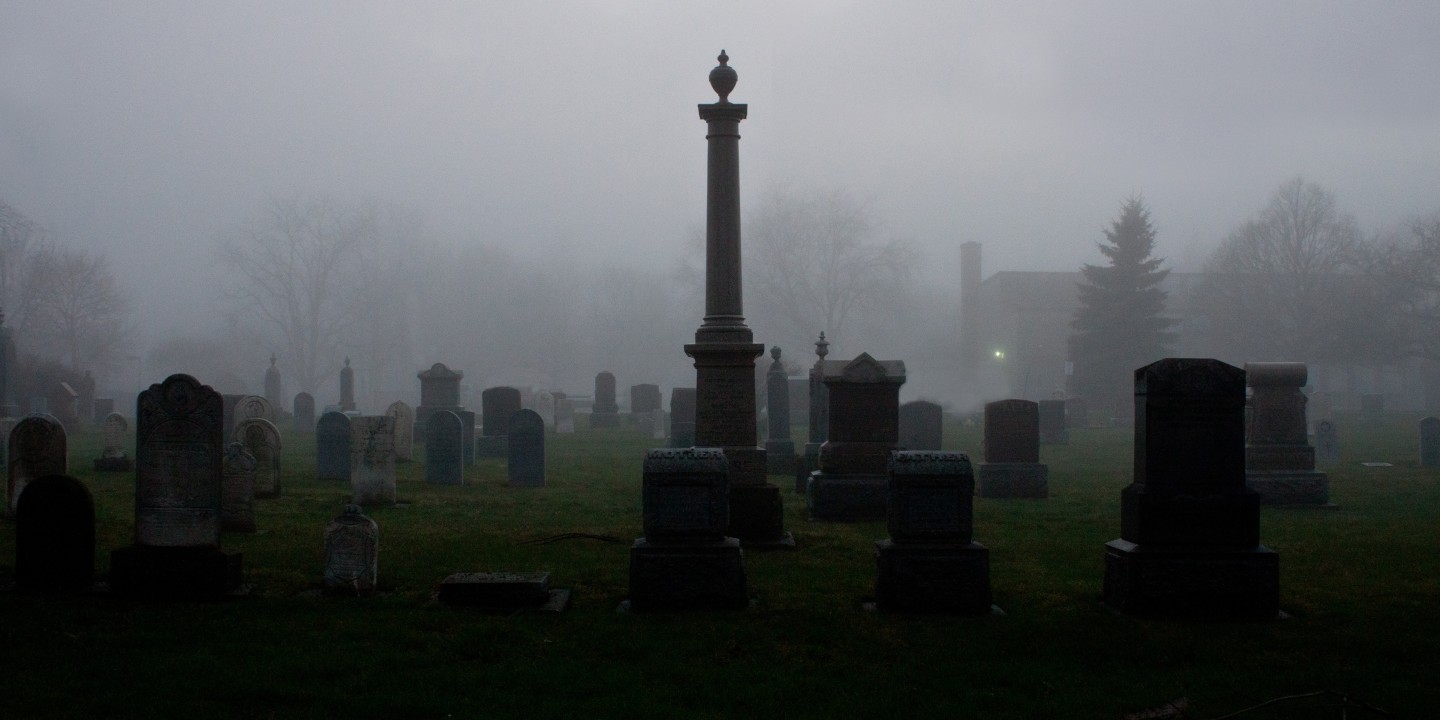
“Earth to earth, ashes to ashes, dust to dust, in sure and certain hope of the Resurrection.” After I had said these words, buried another citizen of our small community, and bid the family goodbye, Laurence asked me if he could take me on a tour of the cemetery. The seminary that I was attending was on summer break, so there were no books I was assigned to read, no papers I had to write. It was a beautiful morning. Why not?
In those days and in that part of the world, neither Laurence nor I would have used the word “gay” to describe him. There was no word, or at least no respectful word, to describe what made Laurence different. Having no words, part of Laurence was invisible to his pastor and congregation.
What I knew of Laurence was that he was in his late 60s and that he was a lay scientist. His collection of Eastern moths rivaled that of Cornell University or the Smithsonian. He had won an international award for breeding a new variety of gladiola.
He was also the community historian, and he was our church’s volunteer organist. He often compared himself favorably to his predecessor, whose musical gifts were so limited, he said, that she could only play every note as it was written. Sometimes his talent for interpretation kept us from recognizing the tune of a familiar hymn.
He had recently retired as a security guard. He’d once taught school in another part of the state, but left that job in the middle of an academic year. The person who told me that said it in a whisper.
He showed me the graves of his parents and grandparents. Then he showed me the graves of a couple who had run the general store in town until a few weeks before the wife died. The husband followed only a few days later.
Here was the grave of the village atheist, back in the days when every village had only one. Laurence said that the man spent his life cataloging all the contradictions in the Bible and, when he could find no more, took his own life.
There was the grave of a man who had worked for a power company in the eastern part of the state. He died in the electric chair for the murder of a little boy whose body was found in a field not far from where someone had seen a utility truck parked. I wondered how he could have been convicted on what seemed like only circumstantial evidence.
We visited several other graves and Laurence told me more stories. Then he told me what all these people had in common. They had all died, as the lawyers would say, “without issue.”
“Who will remember them when I am gone?” asked Laurence. Then, looking up at me through his thick glasses, he asked, “Who will remember me?”
Remembering the dead is something Protestant churches do on All Saints Day. The day after All Saints on the church calendar is All Souls Day. All Souls Day has been problematic for Protestants because in the Catholic tradition it involves praying for souls in purgatory. On that day, the mass is a requiem for all the souls of the faithful who died without being perfectly cleansed of their sins.
But Protestants have tended to bring the two days together, believing that we are not dealing with a duality. All those who are officially called saints are merely a subset of all souls. And even saints are not saintly all the time. We can be honest about the faults and foibles of those who have died, even the best of them.
On All Saints Day we affirm that every life bears the image of God. Though that image may be easier to see in the lives of those who we call saints, it is true of all lives, if you look. When we cannot find that image in those who have died, we can’t fully proclaim the most important truth of all.
It’s the truth Laurence was teaching me as we walked through that cemetery. In remembering those who were despised and forgotten, he had become like Christ, who came to seek and to save the lost, and who expressly took his place with all souls, including the blasphemer, the executed, and those who die without issue. In recalling them for me, Laurence was embodying one of the vocations of the church: to remember all saints and all souls, always.




